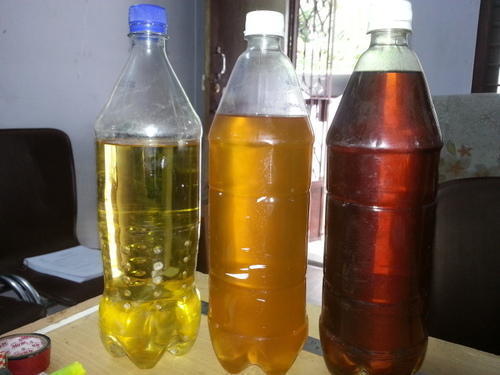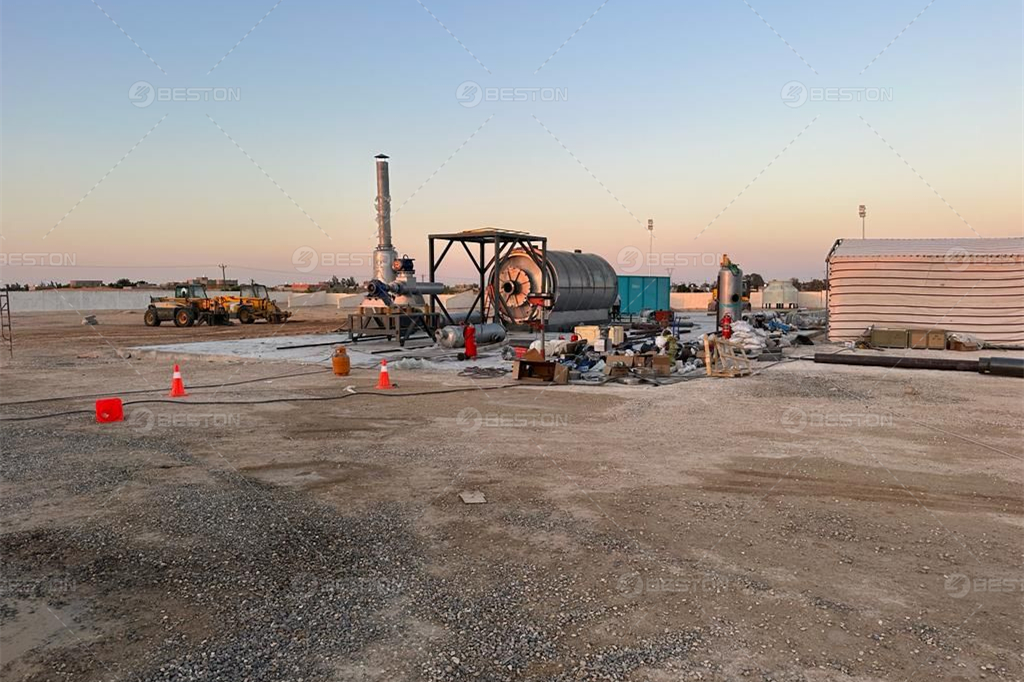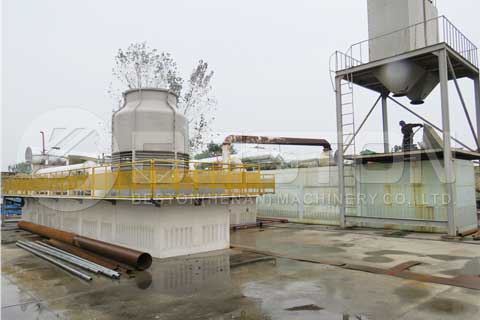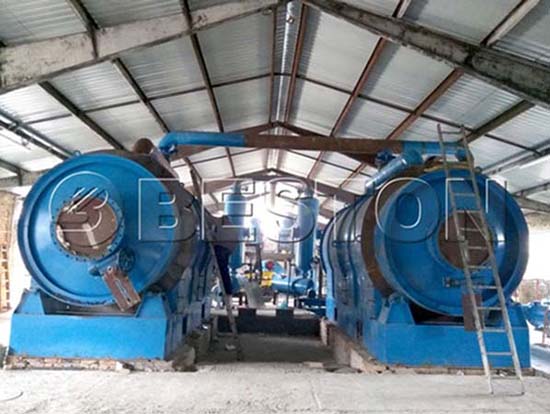The global shift towards sustainable waste management has sparked a growing interest in technologies like pyrolysis for recycling plastic waste. Among the various options available, the batch plastic pyrolysis plant stands out as a versatile and cost-effective solution for converting waste plastics into valuable products. This approach, which allows for controlled, small-scale processing, offers numerous advantages for businesses and industries looking to reduce plastic waste and generate a sustainable profit.
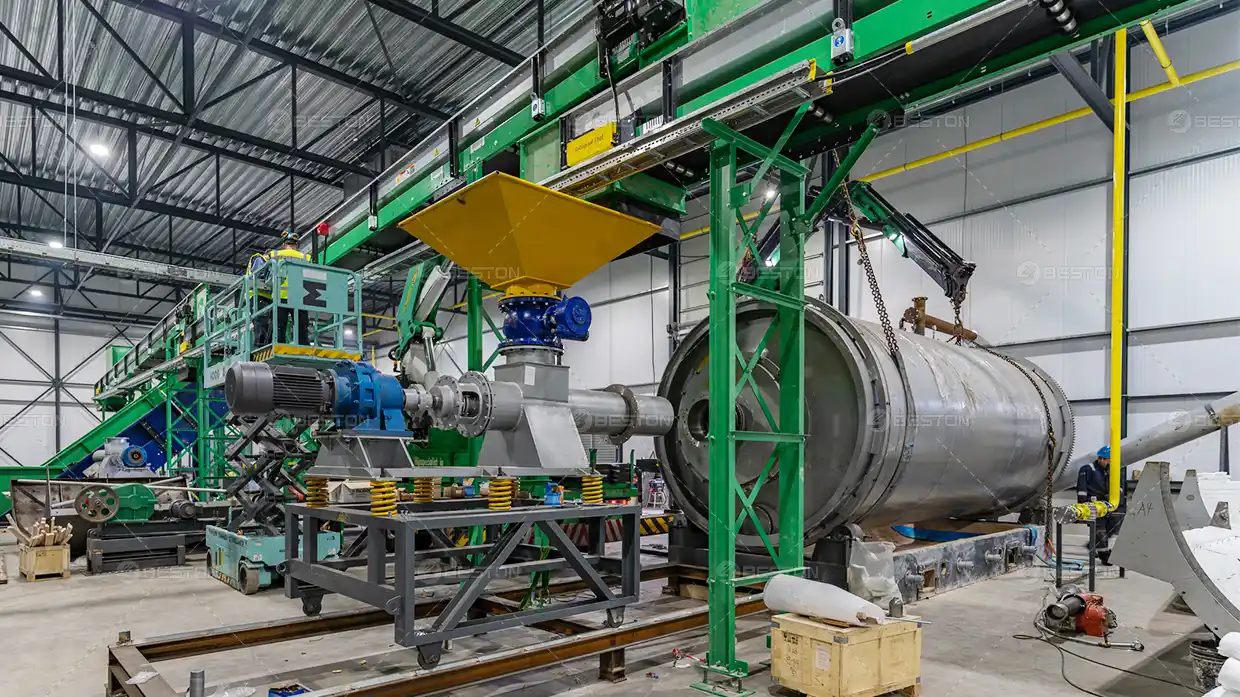
Cost-Effectiveness of Batch Processing
One of the most significant advantages of a batch plastic pyrolysis plant is its lower initial investment compared to continuous systems. The pyrolysis plant cost for a batch setup is typically lower, making it an appealing option for smaller businesses or startups. This lower capital expenditure allows businesses to enter the market at a reduced financial risk while still taking advantage of the growing demand for eco-friendly products derived from waste plastics.
While the operational costs for a batch plant may be higher per unit of material processed compared to continuous systems, the flexibility it offers in terms of processing small quantities at a time can result in a more manageable and predictable cash flow. This is particularly beneficial for companies operating in regions with fluctuating waste plastic availability, as batch operations can be adjusted to match supply.
Flexibility in Operation and Scaling
Batch small pyrolysis machine is highly flexible, allowing operators to adjust production according to market demands and feedstock availability. This flexibility is particularly useful for companies that may not have consistent access to large volumes of plastic waste but still want to participate in recycling efforts. The ability to process smaller batches allows businesses to tailor their operations to local conditions and adapt quickly to market trends.
Furthermore, a batch plastic pyrolysis plant can be scaled incrementally. As demand grows or the availability of feedstock increases, businesses can expand their operations by adding more units, rather than making a significant upfront investment in a large-scale continuous system. This scalability offers a manageable growth path, making batch plants an ideal choice for small- to medium-sized enterprises aiming to grow over time.
Lower Maintenance and Operational Complexity
Compared to continuous pyrolysis systems, batch plastic pyrolysis plant generally has fewer moving parts and simpler operations. This reduces the complexity of day-to-day operations and makes it easier to maintain the equipment. In addition, the ability to process small batches allows operators to conduct more frequent checks and ensure that the machine is running optimally.
The straightforward nature of a batch plastic pyrolysis plant means that less technical expertise is required for operation and maintenance. This can be a significant advantage for businesses that do not have the resources to employ highly specialized staff. Regular maintenance schedules are easier to adhere to, ensuring the longevity of the equipment and reducing downtime.
Control Over the Pyrolysis Process
Batch pyrolysis plants offer greater control over the pyrolysis process, allowing operators to adjust parameters such as temperature and heating rates for each batch of material. This level of control helps ensure that the process is efficient and that the final products—whether oil, gas, or solid residue—meet specific quality standards.
This ability to optimize the process for different types of plastic waste allows for higher-quality output, which can enhance the profitability of the operation. Furthermore, operators can experiment with different feedstock mixtures, refining their process to maximize yields and minimize the production of unwanted byproducts. To obtain advanced pyrolysis plants, please contact Beston Group Co., Ltd.
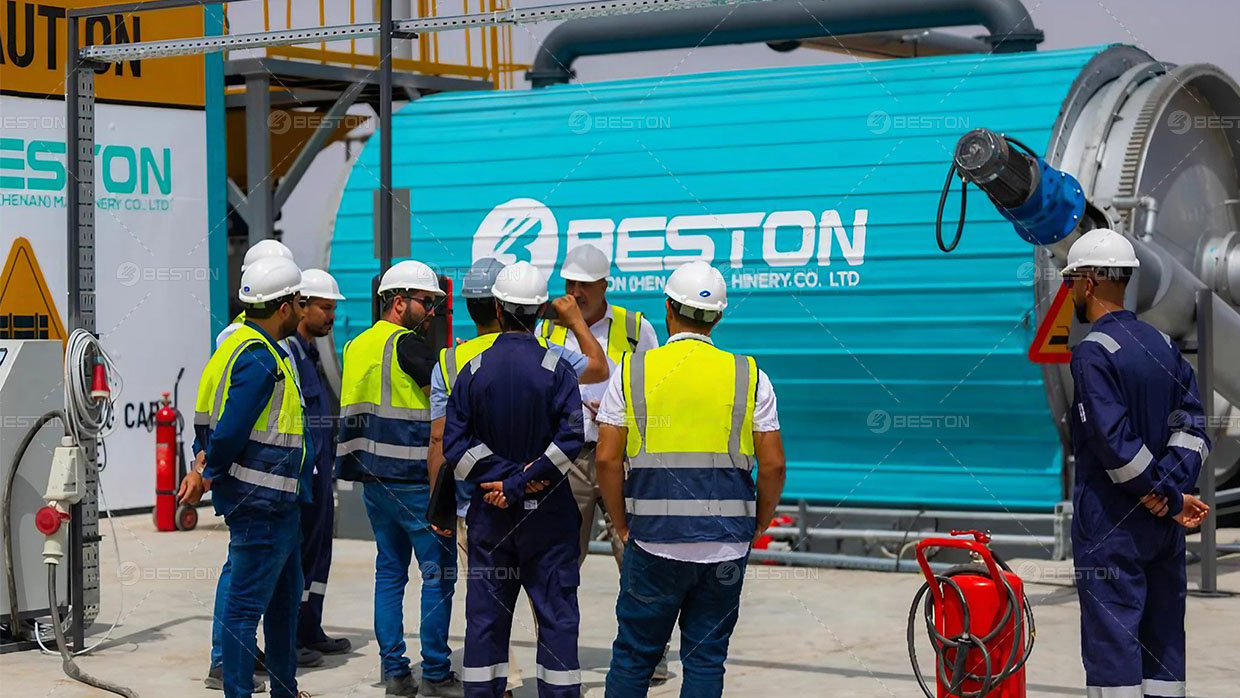
Enhanced Environmental Benefits
The environmental benefits of a batch plastic pyrolysis plant are significant. By converting waste plastics into useful products, the plant helps reduce plastic waste in landfills, reducing the environmental impact of plastic pollution. Pyrolysis also produces fewer harmful emissions compared to traditional waste incineration methods, making it a cleaner option for waste-to-energy conversion.
Additionally, the products produced by pyrolysis—such as fuel oil, carbon black, and combustible gases—can be used as alternative energy sources. This contributes to the reduction of fossil fuel consumption and supports the shift toward a circular economy. The environmental advantages of batch pyrolysis plants, combined with the increasing global push for sustainability, make them a valuable investment for businesses committed to reducing their carbon footprint.
Higher Product Value
A batch plastic pyrolysis plant can produce a range of valuable byproducts, including fuel oil, carbon black, and syngas. The fuel oil generated through pyrolysis can be refined into diesel or used as a substitute for conventional fuel, while carbon black is a high-demand material used in a variety of industries, including rubber production and electronics.
The ability to produce these high-value byproducts increases the profitability of the operation. The versatility in product output provides businesses with multiple revenue streams, offering opportunities for sales or internal consumption. Additionally, because the products are derived from waste materials, they are often priced competitively, adding another layer of economic advantage to the process.
Favorable Regulatory Landscape
Governments and regulatory bodies are increasingly supportive of technologies that help reduce waste and promote sustainability. Batch pyrolysis plants often benefit from subsidies, tax breaks, or grants aimed at encouraging the recycling and responsible management of waste materials. This favorable regulatory environment further enhances the attractiveness of batch pyrolysis as a business venture.
The ability to produce fuel and other products from plastic waste also aligns with global sustainability goals, including the reduction of landfill waste and the promotion of renewable energy sources. As environmental regulations continue to tighten, businesses using batch pyrolysis technology may be able to capitalize on these policies to further improve their financial performance.
Conclusion
In conclusion, the advantages of investing in a batch plastic pyrolysis plant are numerous. From its cost-effectiveness and flexibility to its ability to produce valuable byproducts, the batch process offers a practical solution for businesses looking to participate in the growing waste-to-energy market. The lower initial investment, combined with its scalability and environmental benefits, makes it an appealing choice for entrepreneurs looking to capitalize on the increasing demand for sustainable waste management solutions.
